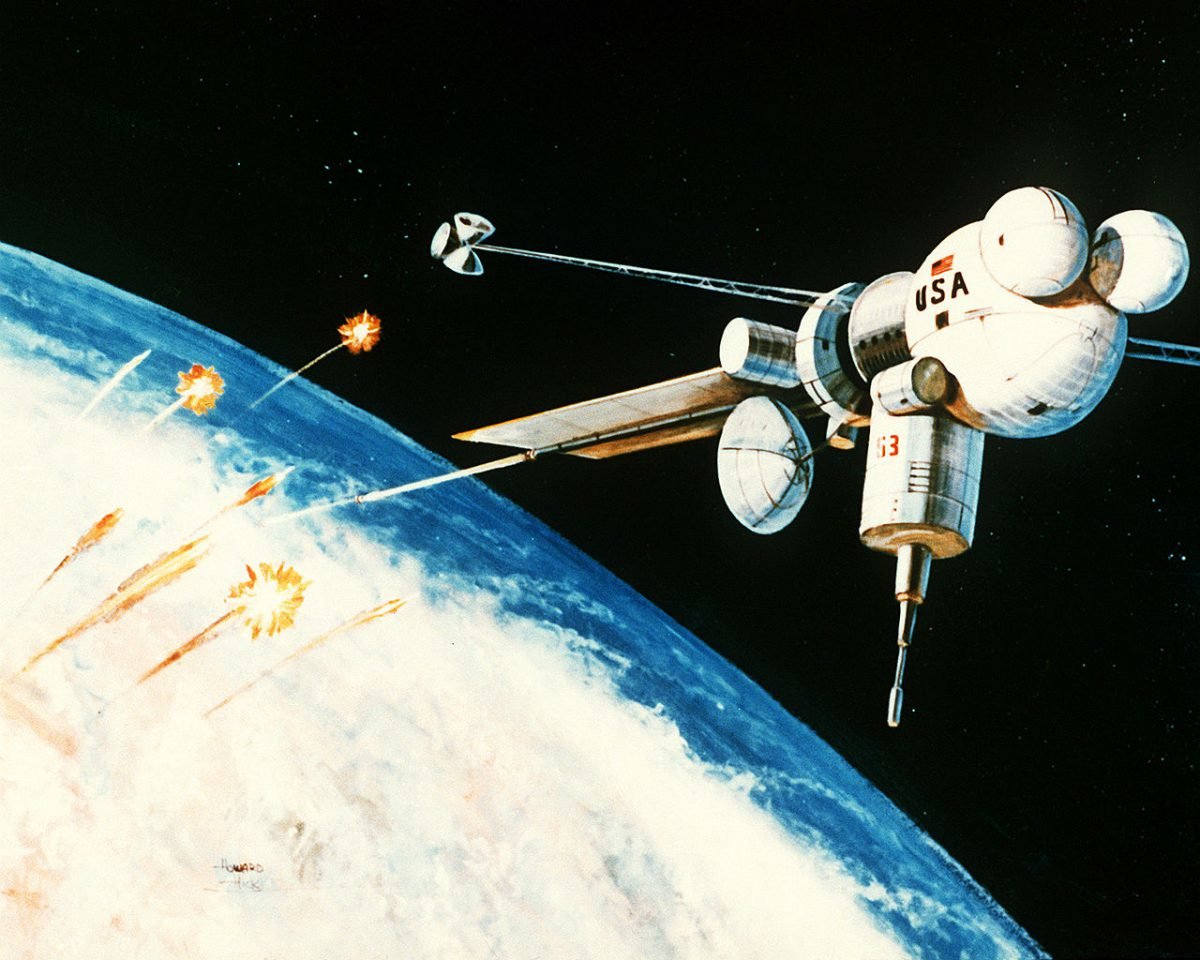
Railguns may sound like science fiction, and that’s because they are. The idea originated in a 1966 science fiction novel, The Moon Is a Harsh Mistress, by Robert Heinlein. NASA courtesy photo.
Russia launched a test missile Nov. 15, targeting one of its own satellites. The impact created a debris cloud that forced astronauts inside the International Space Station to take shelter. The test prompted an international outcry, condemning the use of weapons in space. In a statement released hours after the Russian test launch, the US State Department called the move “reckless.”
For its part, however, the US has tested its own fair share of space weapons as part of a deterrence strategy meant to keep its adversaries from militarizing the heavens.
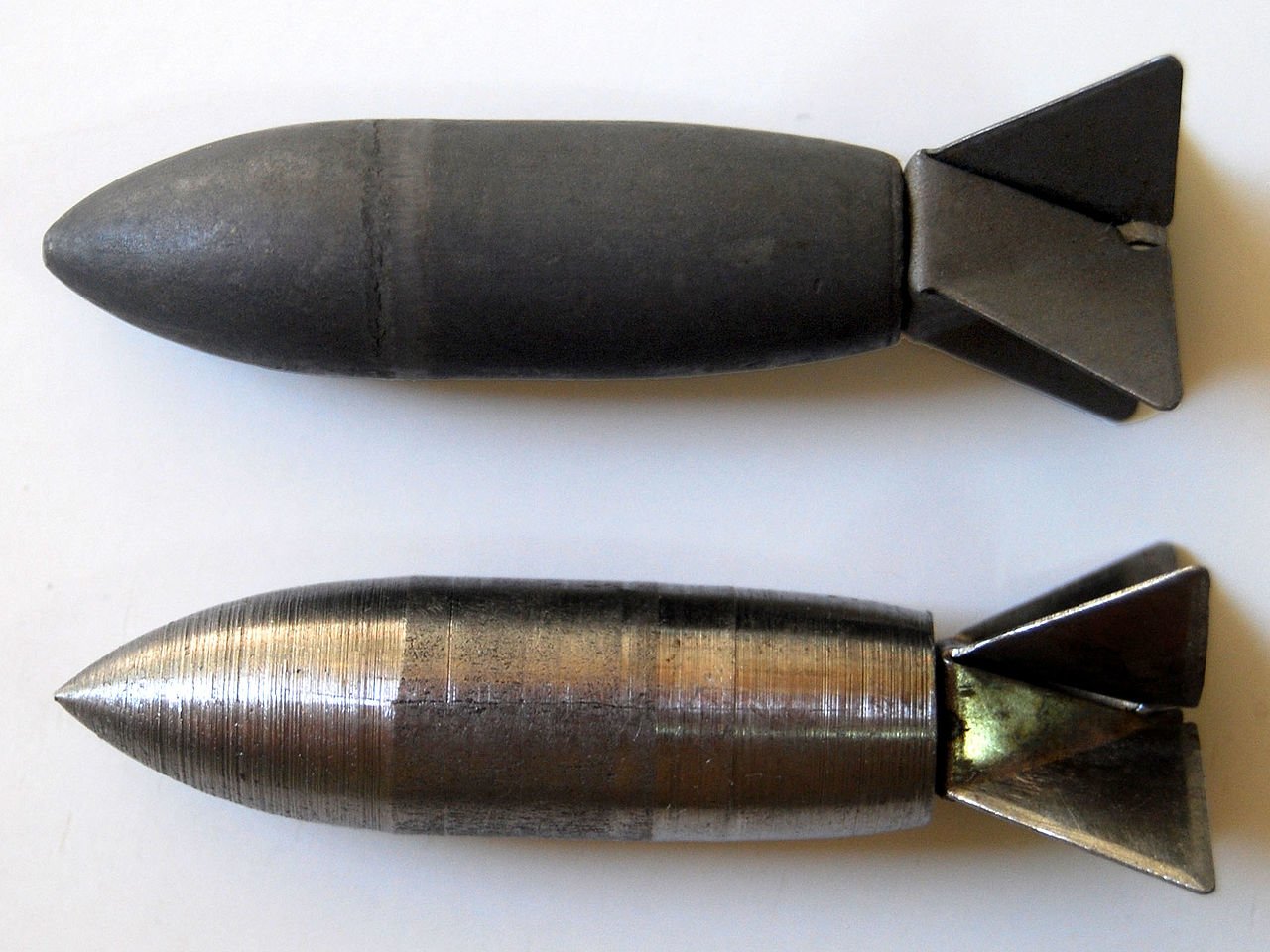
Project Thor
The US Air Force’s Project Thor is a theoretical space weapon that remains in development. The project seeks to drop a massive tungsten rod directly from orbit. Measuring 20 feet long and 1 foot in diameter, the “rod from God” weapon could achieve the force of impact from a nuclear strike but with none of the radioactive fallout.
The idea originated from “Lazy Dog” projectiles — effectively metallic bullet-shaped lumps dropped from high altitudes. According to Business Insider: “The idea is like shooting bullets at a target, except instead of losing velocity as it travels, the projectile is gaining velocity and energy that will be expended on impact.”
The problem with dropping tungsten telephone poles from orbit at 10 times the speed of sound? Cost.
Military Watch puts the bill for the “rod from God” at $230 million per projectile.
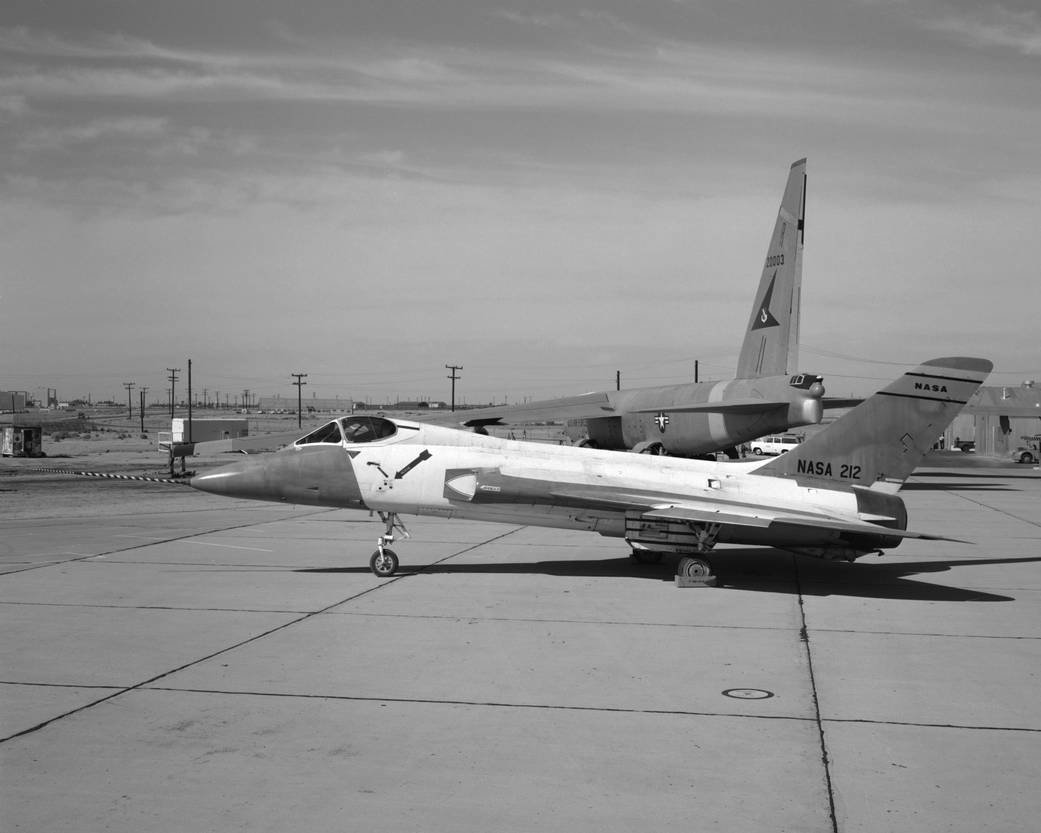
Dyna-Soar
The Air Force began funding research into the Dyna-Soar project in 1957, as it wanted an orbital manned bomber, reconnaissance system, and hypersonic weapon. Nevertheless, the Air Force canceled the project in 1963 to move forward with the Manned Orbiting Laboratory. Before cancellation, however, the military spent approximately $660 million on research and development — about $5.65 billion today.
According to NASA, the military canceled the project before construction began, but “the Dyna-Soar program provided important technical information about hypersonic flight, reentry flight control, and heating problems.”
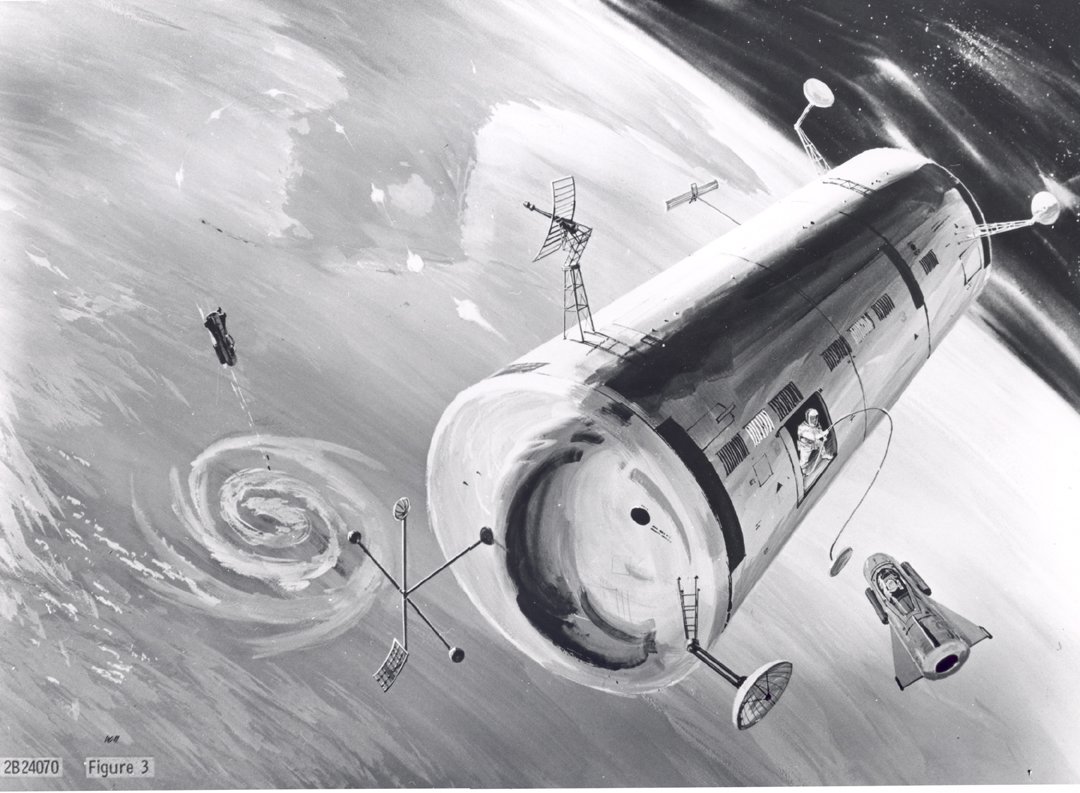
Manned Orbiting Laboratory
Amid the animosity of the Cold War, the Air Force saw promise in launching the Manned Orbiting Laboratory, or MOL — an orbital platform the size of a small trailer with targeting and reconnaissance capabilities.
The Air Force began the project in 1963, but the cost was prohibitively high. Though the MOL was canceled in 1969, the Department of Defense spent more than $1.56 billion over five-plus years of development.
According to the National Reconnaissance Office: “The actual, classified, mission of the MOL program was to place a manned surveillance satellite into orbit.” Even so, the US believed it could get better reconnaissance photographs than the first-generation Gambit satellite.
The MOL never launched, but America’s manned space program continued. In 1969, the year the Air Force canceled the MOL, NASA put the first man on the moon.
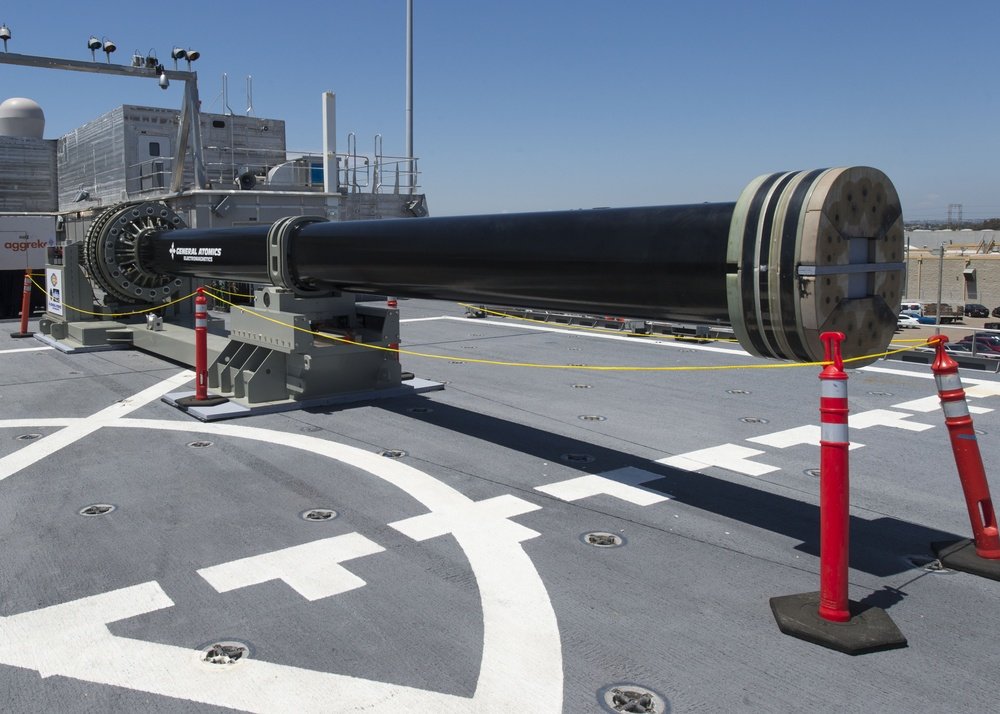
Railgun
The Navy only recently canceled the plan to use railgun weapons, instead opting to funnel resources to hypersonic missile research. Railguns, otherwise known as mass drivers, use an electromagnet to catapult projectiles at up to six times the speed of sound.
NASA looked into the technology in 2010, hoping to launch rockets into space without jet fuel or explosive propulsion.
According to a 2017 Science Times article, researchers have been able to launch only small projectiles with railguns: “Anything that is larger will require a complicated thermal management and a huge amount of electricity to reach hypervelocity.”
Today, railgun technology is still in its infancy. Scientists say these electric launchers are better suited for transportation — like launching ore mined from asteroids to space-based substations.
Though the US military has researched space-based weapons, the US maintains its participation in the Outer Space Treaty, an international arms agreement barring weapons of mass destruction from orbit. However, some online sources indicate the Department of Defense will soon unveil a new space weapon, a declassification project that was helmed by US Air Force Gen. John Hyten.
Hyten hoped the declassification would allow the US to deter against Russian and Chinese aggression in space. However, Department of Defense officials told Coffee or Die Magazine there are currently no plans to release information on the classified weapons system.
Read Next: How a Smokejumper Turned Astronaut Brought ‘Moon Trees’ Back to Earth

Lauren Coontz is a former staff writer for Coffee or Die Magazine. Beaches are preferred, but Lauren calls the Rocky Mountains of Utah home. You can usually find her in an art museum, at an archaeology site, or checking out local nightlife like drag shows and cocktail bars (gin is key). A student of history, Lauren is an Army veteran who worked all over the world and loves to travel to see the old stuff the history books only give a sentence to. She likes medium roast coffee and sometimes, like a sinner, adds sweet cream to it.
BRCC and Bad Moon Print Press team up for an exclusive, limited-edition T-shirt design!
BRCC partners with Team Room Design for an exclusive T-shirt release!
Thirty Seconds Out has partnered with BRCC for an exclusive shirt design invoking the God of Winter.
Lucas O'Hara of Grizzly Forge has teamed up with BRCC for a badass, exclusive Shirt Club T-shirt design featuring his most popular knife and tiomahawk.
Coffee or Die sits down with one of the graphic designers behind Black Rifle Coffee's signature look and vibe.
Biden will award the Medal of Honor to a Vietnam War Army helicopter pilot who risked his life to save a reconnaissance team from almost certain death.
Ever wonder how much Jack Mandaville would f*ck sh*t up if he went back in time? The American Revolution didn't even see him coming.
A nearly 200-year-old West Point time capsule that at first appeared to yield little more than dust contains hidden treasure, the US Military Academy said.












